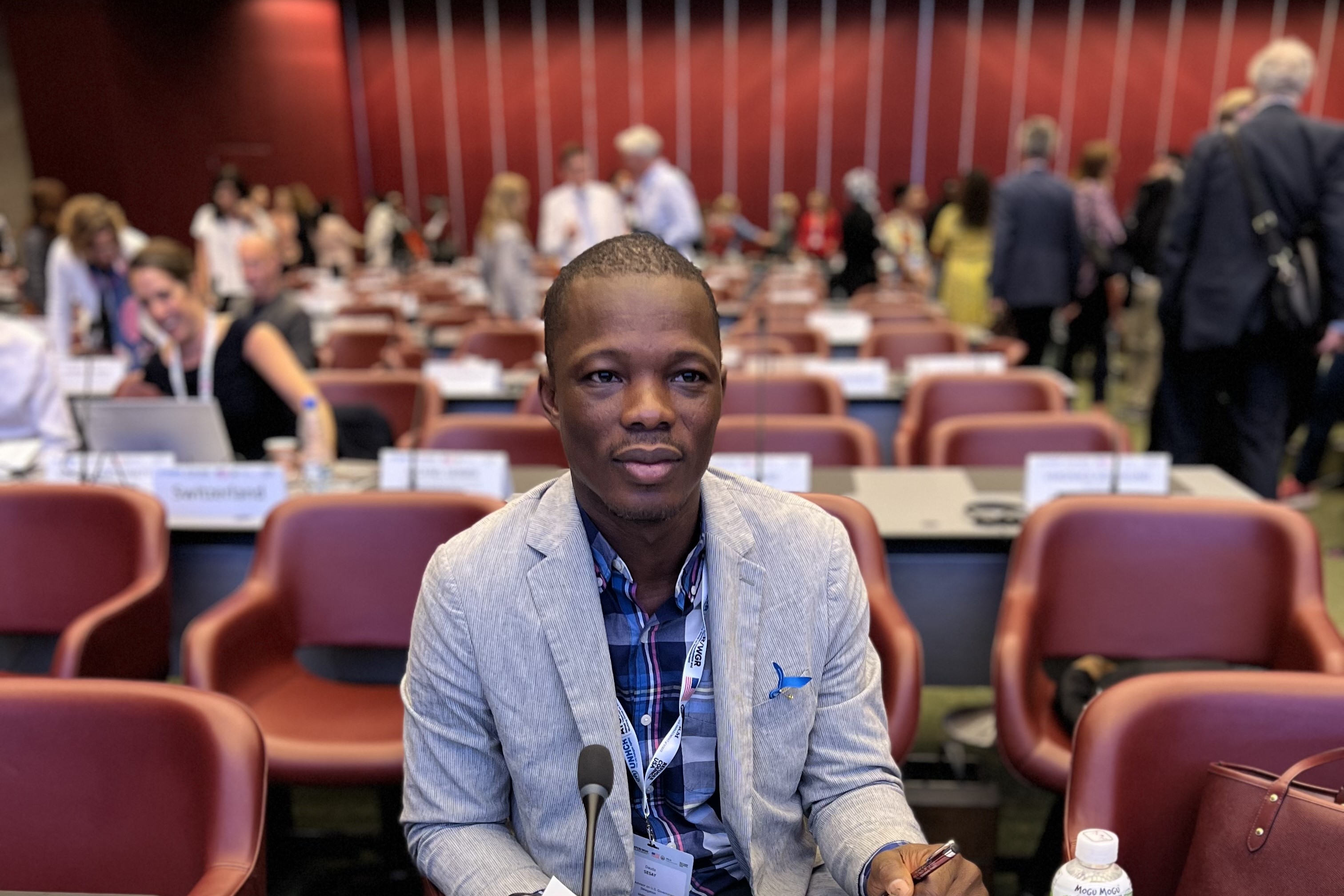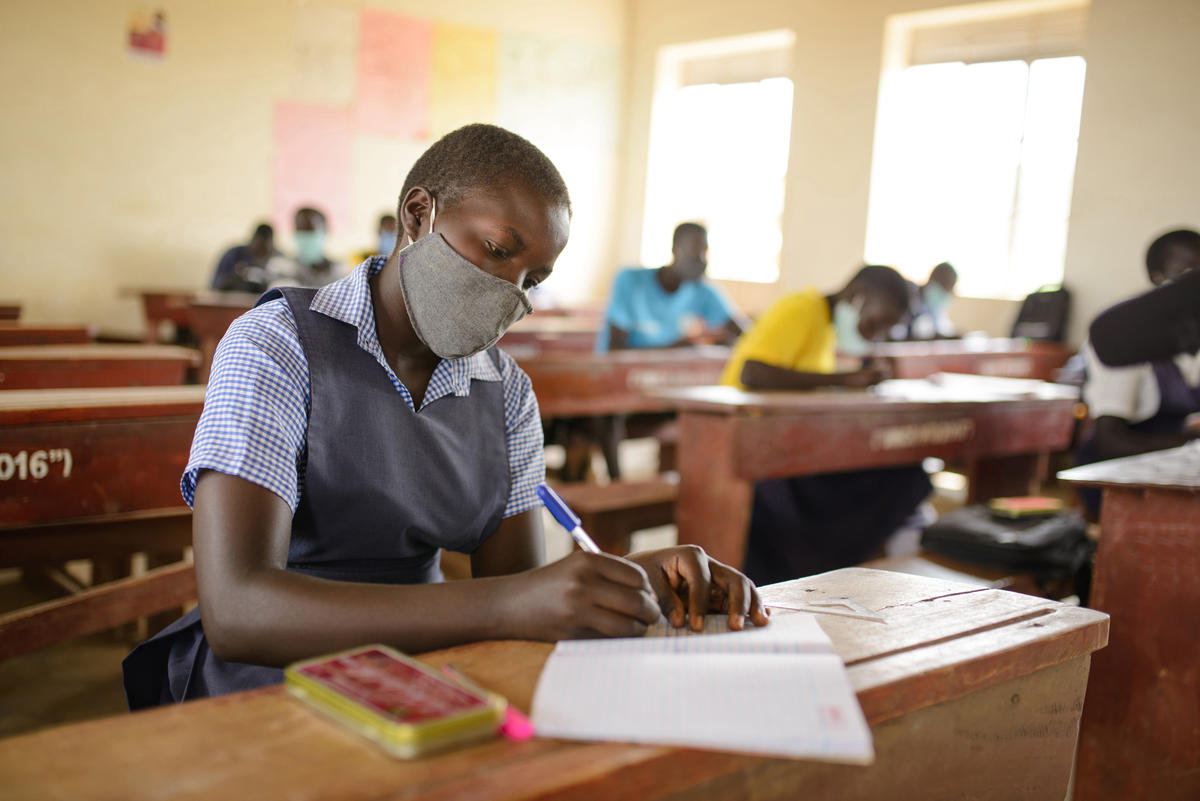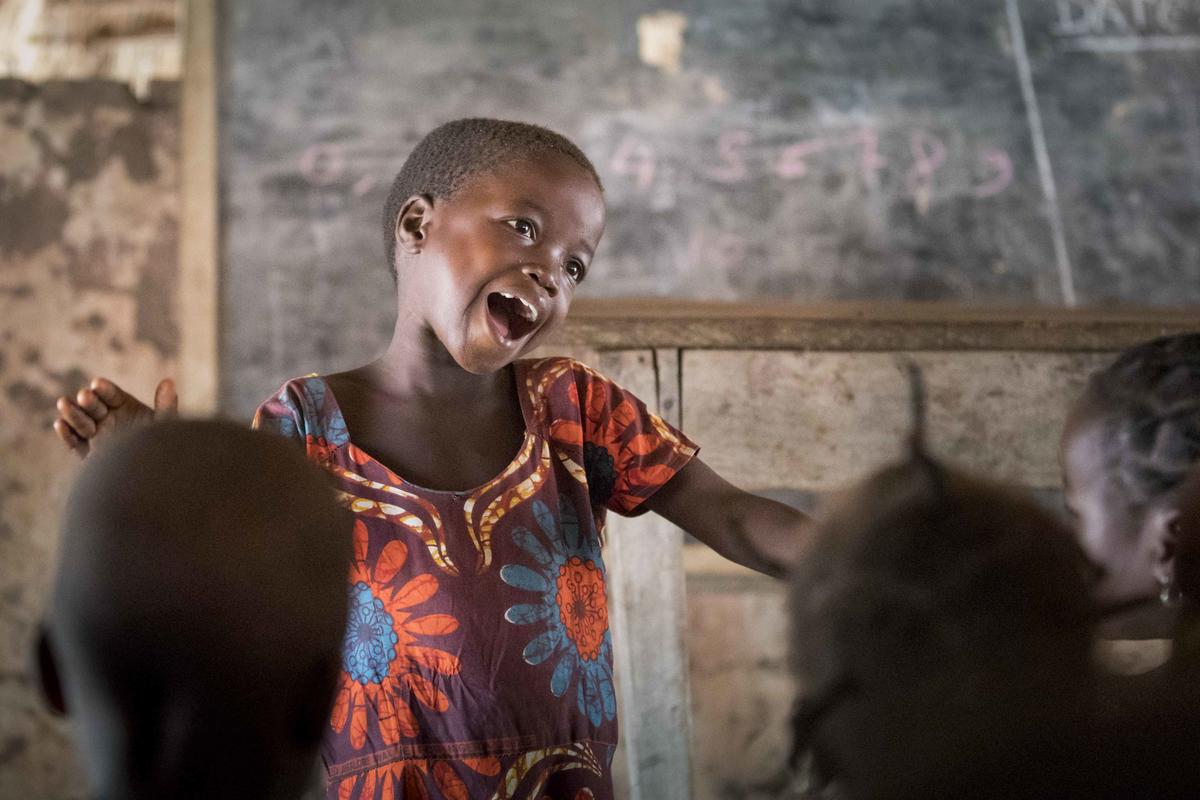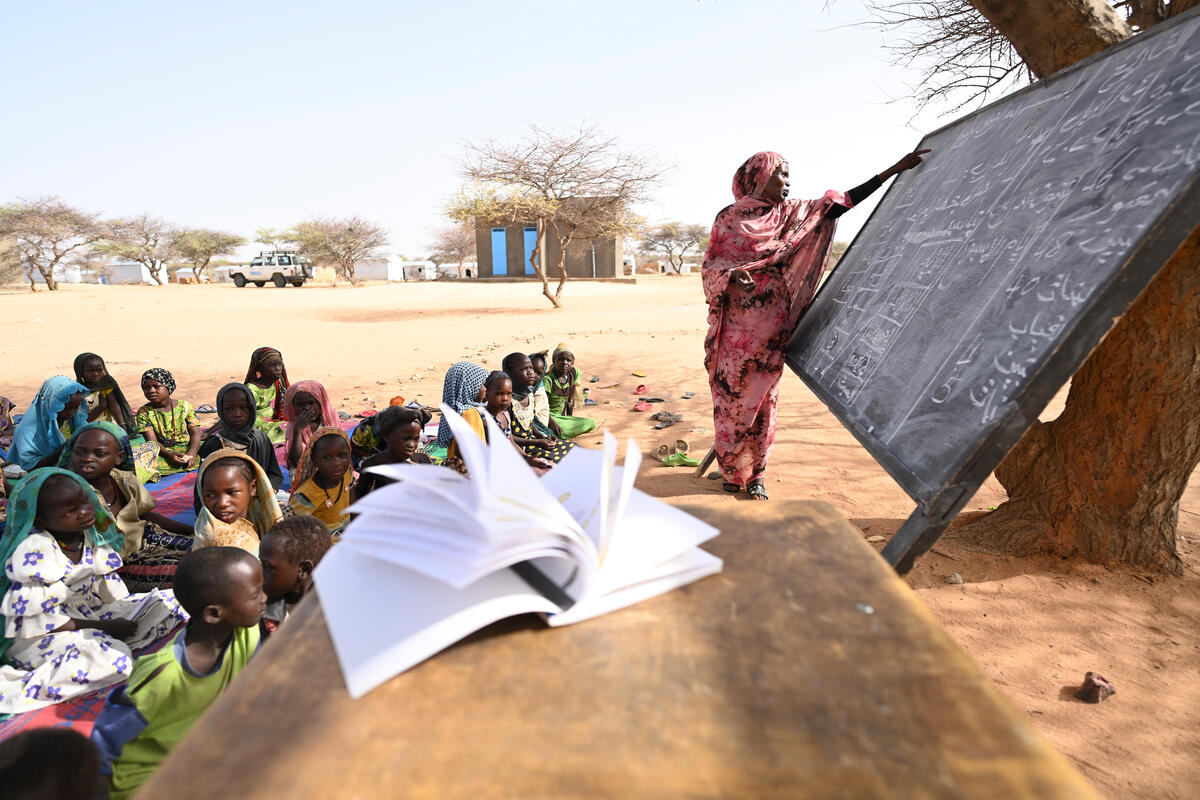World Refugee Day: In a new exhibition, refugee children photograph their own lives
World Refugee Day: In a new exhibition, refugee children photograph their own lives

GENEVA, June 20 (UNHCR) - An innovative UNHCR photography project has given two dozen refugee children in Yemen and Namibia the opportunity to give the world a vivid, emotional look into their lives.
The exhibition of 30 photos taken by the children themselves, entitled "Do You See What I See?" opened for World Refugee Day (June 20) in Namibia and starts next week in the refugee camp in Yemen where pictures were taken. Residents of Geneva will have a chance to see it when it opens at the UN Palais des Nations next Wednesday.
"This project gave refugee children a chance to explore the totality of the refugee experience; to show the world both the differences and similarities of their lives," said Brendan Bannon, the Nairobi-based photographer who carried out the project for the UN refugee agency in Yemen's Kharaz Refugee Camp and Namibia's Osire Refugee Camp.
Bannon ran a series of intensive two-week photo workshops for a dozen children in each camp; four boys and six girls in Yemen, six boys and six girls in Namibia. He guided them through a series of exercises that focused on the self, the community, the family and dreams.
Armed with the skills to demonstrate their natural creativity, they then roamed around their communities with cameras, photographing aspects of their lives in a way that few outside the camps ever see.

"This road was travelled by humans," 16-year-old Mazimpaka of Osire Refugee Camp said of a dark, empty road he photographed, the track disappearing off to the Namibian horizon. "During war the road was travelled in a way that even the road was tired. Human beings have travelled millions of miles during war."
The images are a window into the daily lives of these refugees who have fled their homelands: those in Namibia came from many parts of Africa, those in Yemen mainly from the troubled Horn of Africa. A smiling child, a game of cards, a girl reading the Koran: this is everyday life. Bare arms reach up to the top of a fence surrounding a refugee camp and the caption from the young photographer talks of prison.
"These two boys are without a mother and father," says 15-year-old Amina, who photographed the children holding onto an upright steel beam. They look up into the lens, the background a bleak, mottled grey. "They stay with a relative and are hungry."
The children proudly carried their new cameras around, earning a new dignity as they employed their skills. But the project, the brainchild of UNHCR's Division of International Protection Services, was much more than just a way of diverting some children from the boredom of everyday life in refugee camps.
"During this process the class also learned how to couple images with words, pouring forth their ideas on life, family, the past, the future, what makes a good person and what makes a good society," said Bannon. "They were also empowered by using a camera to make pictures that honoured their parents, celebrated their siblings and amused their friends.
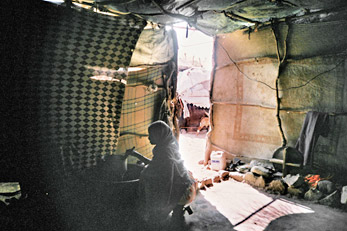
"They explained themselves to each other, and became closer in the process. Together, they gave a clear idea of their lives - lives rich in experience, emotion, history, fantasy, humour and compassion."
The exhibitions in Namibia and Yemen, which have been adjusted from the 30 photos shown in Geneva to suit local demands, also provide UNHCR with a tool to show the public what life is like for the thousands of refugee children growing up in camps. The current photographs are likely to be shown in other centres and there is discussion of repeating the project in additional camps.
"Often we look at images of refugees and see a very narrow bit of what the refugee experience is - images of people in flight, roads full of people, all fleeing disaster, hunger, dirt, malaise," Bannon said of the exhibition. "People will experience refugee life through the voices and visions of the children, who are the true experts on their own lives."
By Jack Redden in Geneva


